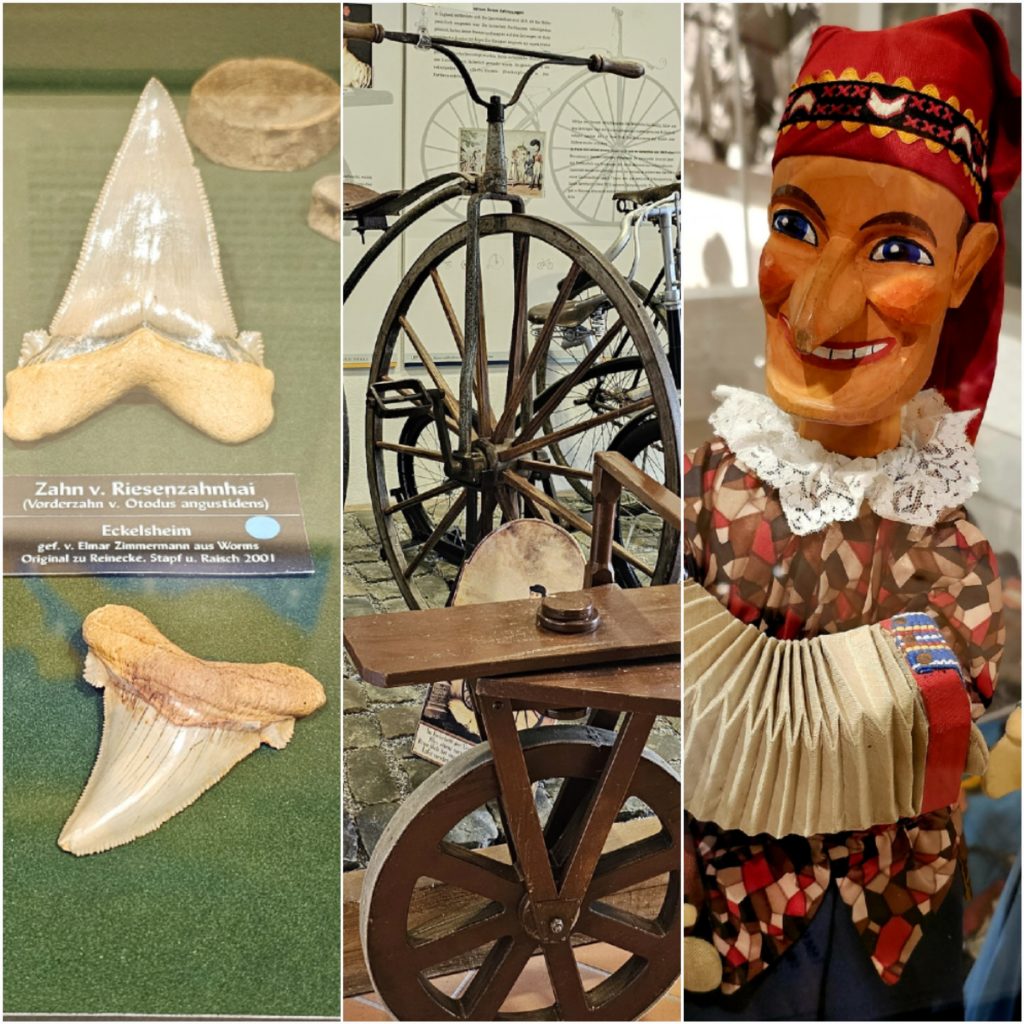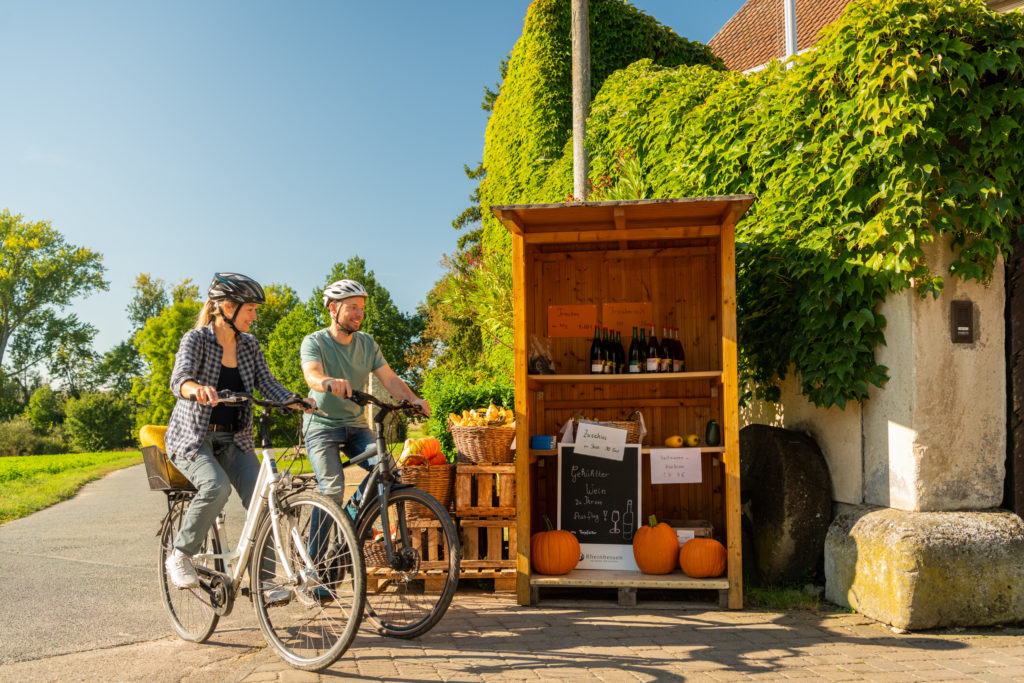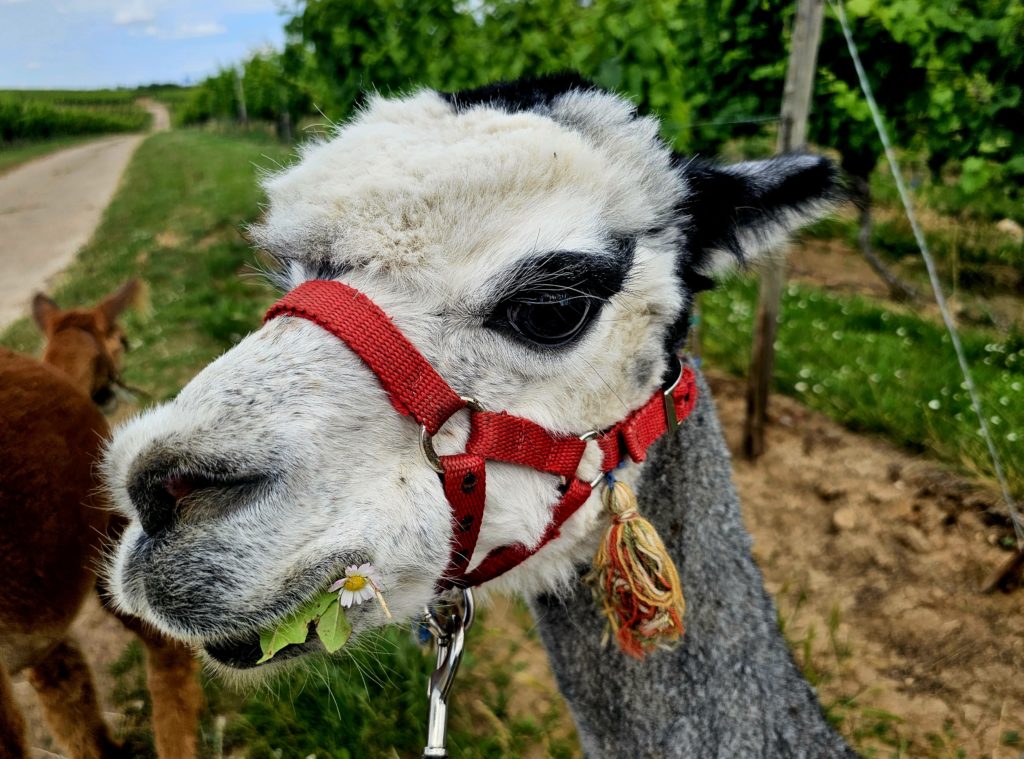On the banks of the Rhine in Bingen something is blooming for you! Roses and azaleas, geraniums and petunias. Plus the blooming history of the Rhine! The riverbank was transformed into a cultural riverbank in the course of the state horticultural show a good ten years ago. Since then, it invites you to stroll, marvel and enjoy. Let's take a little walk together!
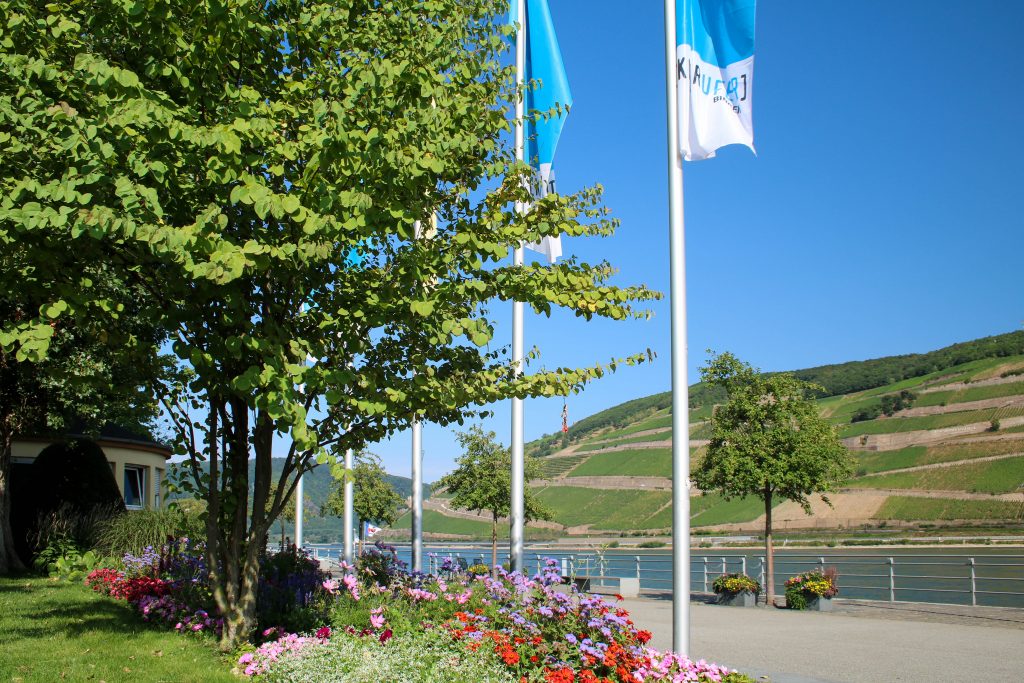
Stuff for legends: The Bingen Mouse Tower
Let's start our stroll in the park at the Mäuseturm, the western end of the western end of the Kulturufer. This was once one of the largest marshalling marshalling yards in Germany. As part of the Bingen State Garden Show 2008, the area was the area was transformed into an inviting green space with entertaining play and sports facilities - without forgetting the historical significance of the site. forgotten.

Opposite the old wagon hall is the Mäuseturminsel with the Bingen Mäuseturm, a popular motif in Rhine Romantic painting. The name of the watchtower goes back to an eerie legend. The ruthless Archbishop Hatto of Mainz is said to have been eaten alive by mice here in the 16th century. However, it is also possible that the name is purely functional: to watch or lurk means "musen" in Middle High German.
Tip: If you want to know more about its history, its function or even the eerie legend, you can visit the Visit Bingen mouse tower
Excellent views: The Rhine-Nahe Corner
Now let's take a leisurely stroll to the Rhine-Nahe Corner, which is the southern border of the UNESCO World Heritage Site "Upper Rhine Valley". The longest river of Germany exerts its greatest fascination for many in the Binger Loch. Here, where it enters the narrow, rocky Rhine Valley, framed by vineyards, the castle of Ehrenfels Castle in front of you and Klopp Castle behind you. Clemens Brentano once called the Rhine a "venerable great and strong old man". It would not be surprising if he was standing at this very spot when these words crossed his mind. went through his head.
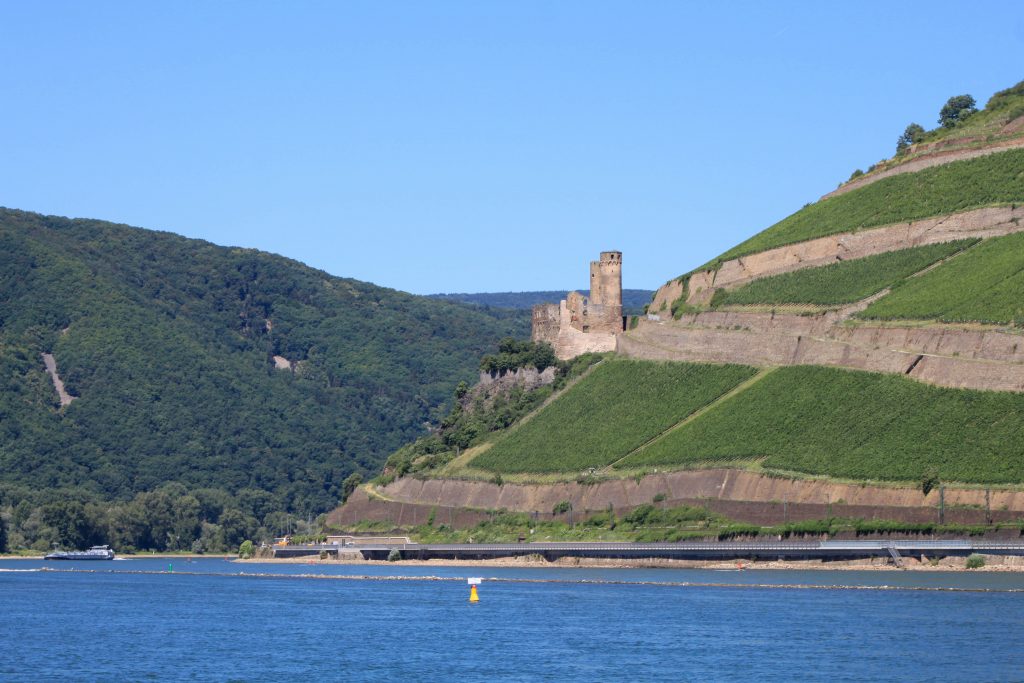
The ruins of Ehrenfels Castle west of Rüdesheim
Let's follow the Kulturufer further east and pass the city's former power station! The listed building from 1898 today houses the Historical Museum on the River. The transformed rooms and exhibits bring to life the history of the town of Bingen, Saint Hildegard of Bingen and the cultural significance of the Rhine Romanticism.
Through the flower: the Hindenburg plant
We reach the beautifully restored Hindenburg grounds. Here the blooming heritage of the Bingen State Garden Show becomes visible - and audible. Birds, butterflies and insects feel particularly at home amidst the countless plants.

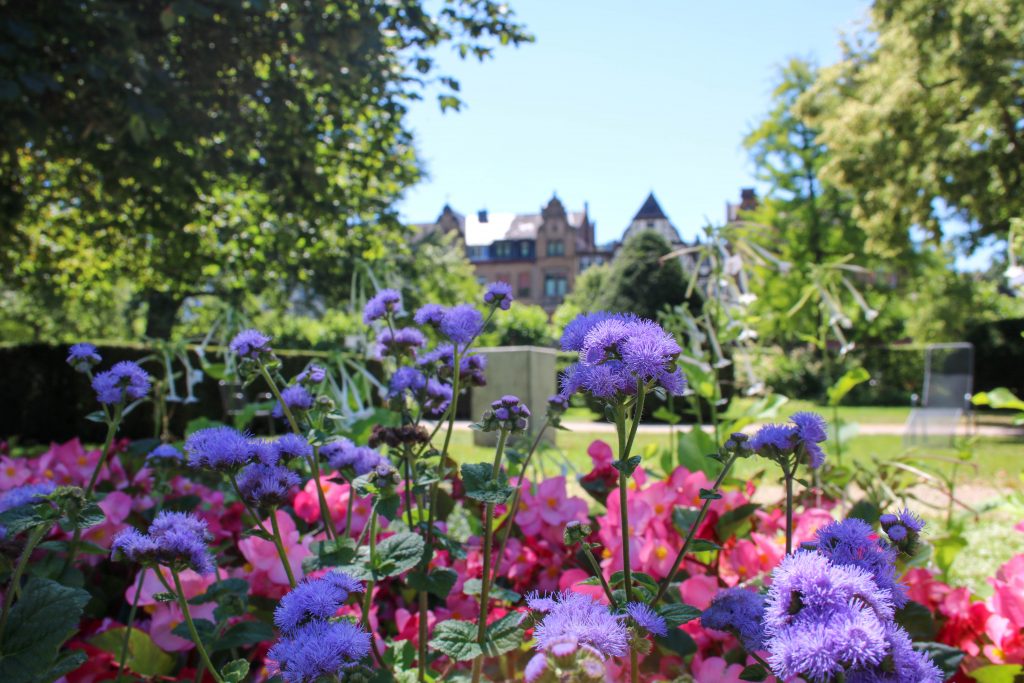
A total of 24 hectares of land on almost three kilometers of the Rhine bank were redesigned for the horticultural show. At the time, Bingen planted 700 trees, which today provide cooling shade and offer secluded spots, as well as 2,000 roses, many of which still smell wonderful.

"R(h)einschauen" was the motto of the Bingen State Garden Show 2008 and this promise is still kept today. In the Hindenburg complex you can sit on one of the many benches and watch the lively hustle and bustle on and around the Rhine.

Let's watch the ships of the Bingen-Rüdesheim passenger shipping company dock in front of us and depart again. Let's look at the vineyards on the other side of the river and dimly discover a hard-working vintner at work. Speaking of ...
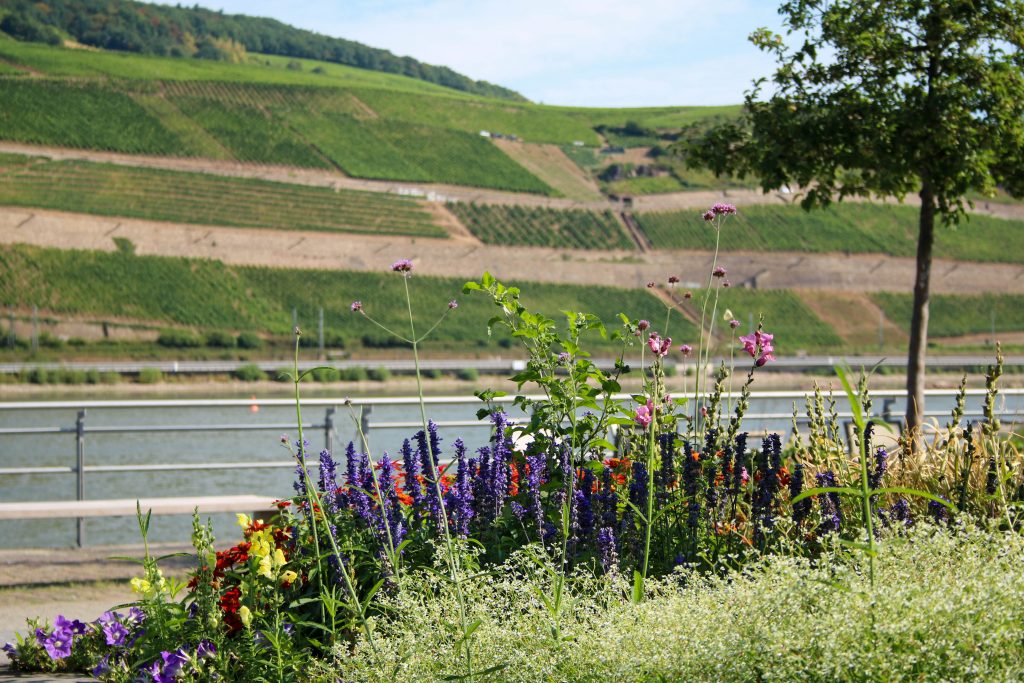
Wine on the Rhine: The Bingen Vinothek
Now, at the latest, we certainly feel like tasting a cool glass of Rheinhessen wine. How good that the perfect opportunity for this is waiting just a few steps later. The Vinothek on the banks of the Rhine is located directly next to the Eiswein monument in Bingen.
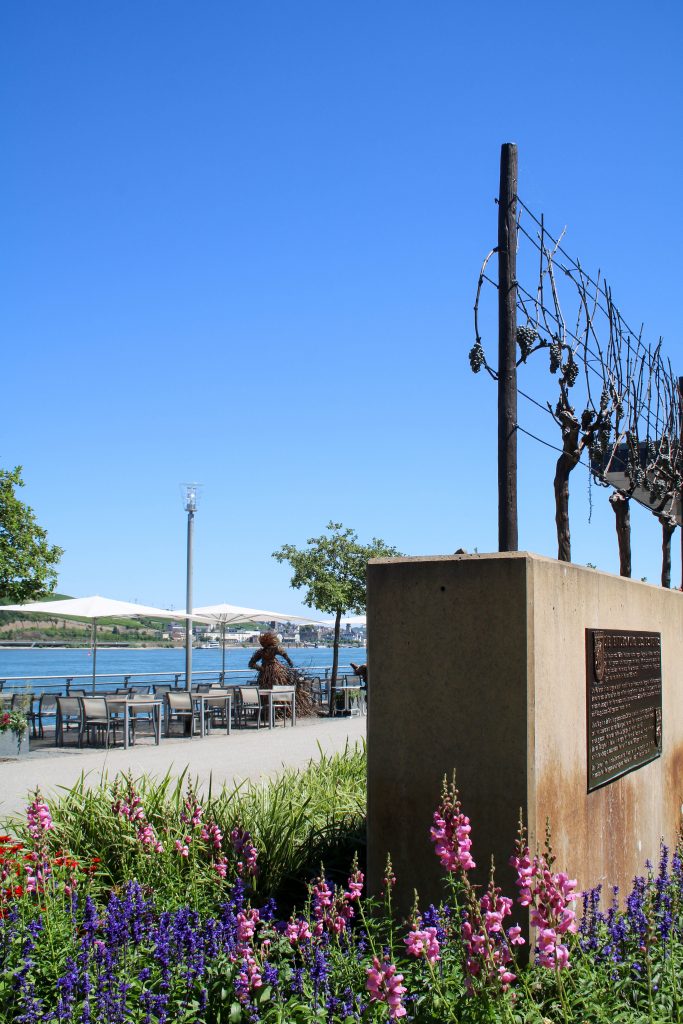
It recalls a very special accidental discovery. In 1830, winegrowers from Bingen-Dormersheim harvested unripe, frostbitten grapes - originally for lack of cattle feed. The fact that high-quality Prädikat wine could be produced from these very fruits was a surprise and the beginning of a success story. Fine wines can also be discovered in the vinotheque. Directly on the water, with a view of the Rhine, the Rheingau cultural landscape and the Germania of the Niederwald Monument, our wine tasting becomes a unique experience!
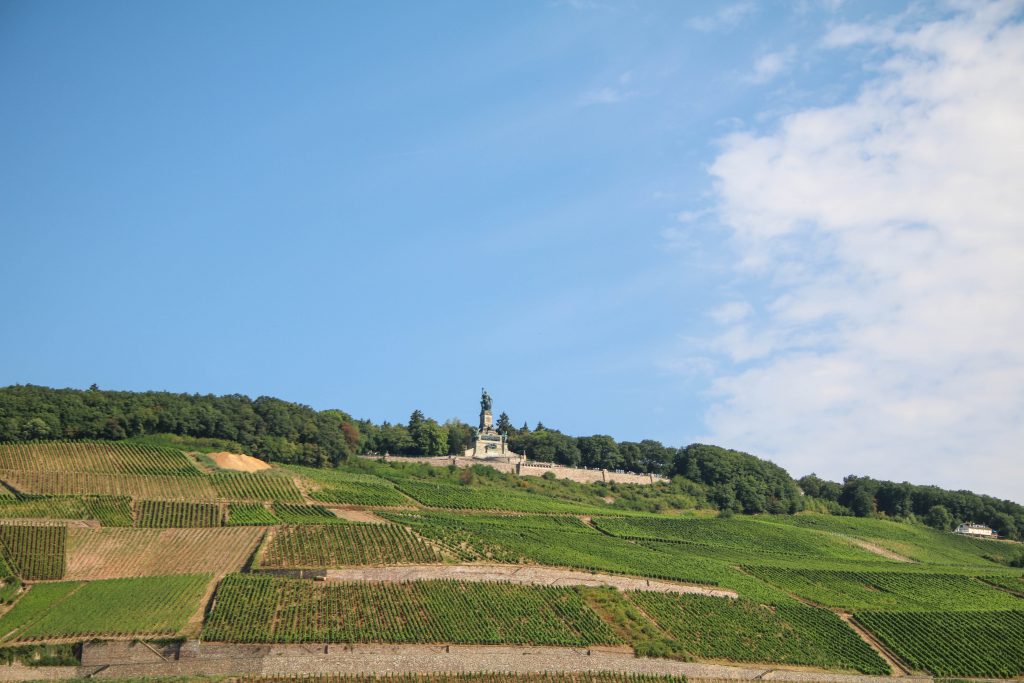
A character study: The Bingen Gardens in Hafenpark
Our walk then takes us past the former customs administration with its beautiful half-timbering and the striking Rhine crane, the oldest land crane between Mainz and Cologne.
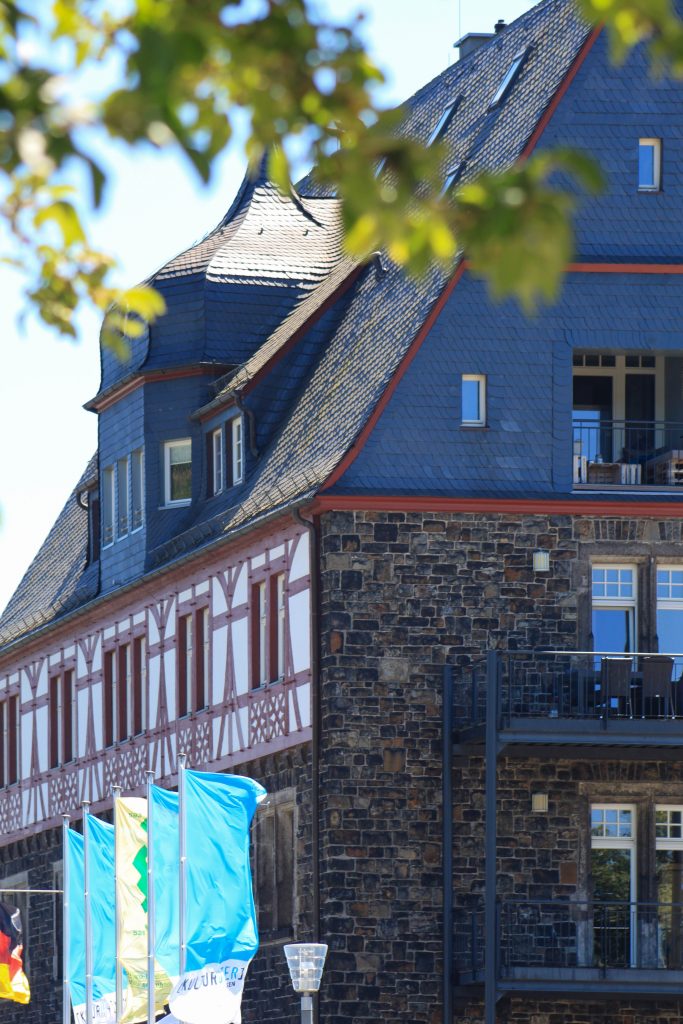
Let's stroll a little more through the harbor park, an open and open and spacious promenade on two levels and six imaginatively designed gardens. designed gardens. They reflect the character of the city and its inhabitants. inhabitants. One garden, for example, is dedicated to joie de vivre and enjoyment, one another to towers and churches, and another to tradition and festivals.

Finally: You are cordially invited
Our walk together is drawing to a close. The sculpture park at Rhine kilometer 529 and the old industrial crane mark the eastern the eastern boundary of the Kulturufer.
The conclusion? For the mayor of Bingen, Thomas Feser, it is clear that his city can boast "the most beautiful section of the Rhine. Even as a child, he said, he loved the Rhine and Rhine shipping. He is glad that the Bingen Kulturufer has been doing justice to the scenic beauty and cultural significance of the river again for more than ten years.
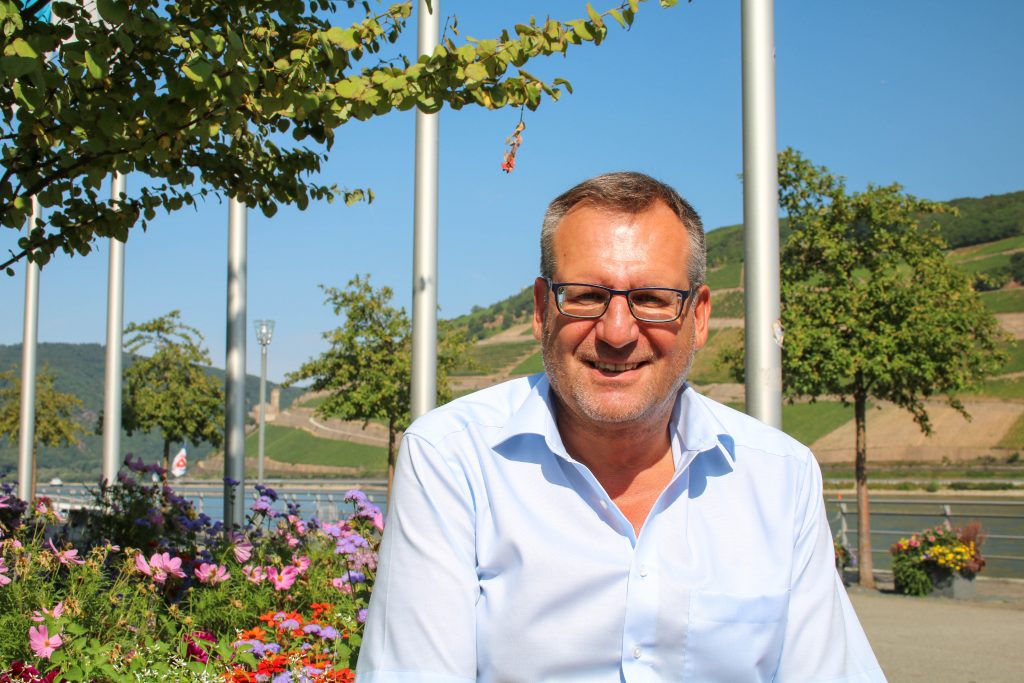
He cordially invites you to come and see for yourself along the Cultural shore to stroll and discover this special spot between the Rhine and the sea of flowers.
And if it may be something very special, then we recommend to you Rhine in flames on 06.07. Imposing fireworks, "burning" castles and more than 50 beautifully illuminated ships let Bingen and Father Rhine shine.
On 07.07. is Kulturuferfest. The Rhine bank with its picture-perfect backdrop becomes a stage for jugglers, acrobats and musicians.

